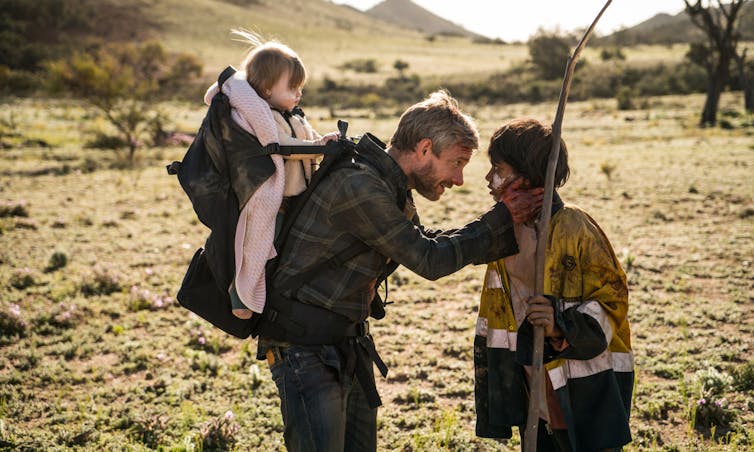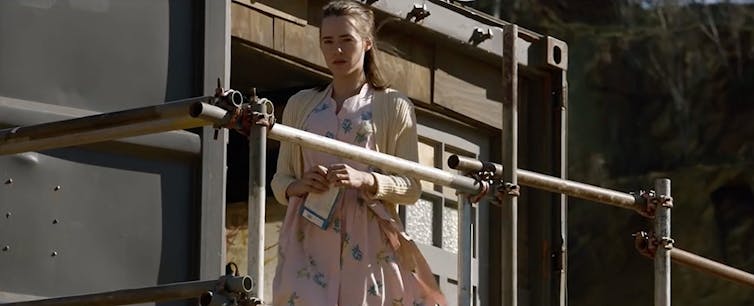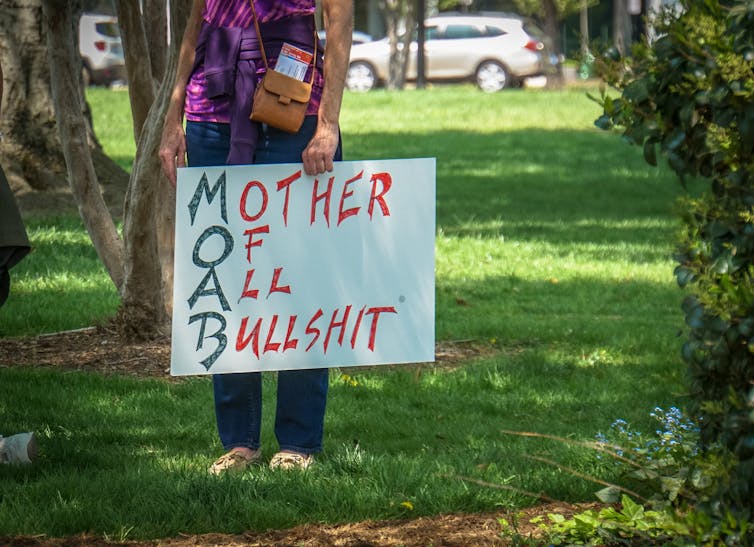 |
| DreamWorks Animation: The Exhibition (Credit: Mark Ashkanasy) |
The beloved characters from DreamWorks most celebrated films, including How to Train Your Dragon, Shrek, Madagascar and Kung Fu Panda, are spending the summer in town at the Montréal Science Centre's newest exhibition DreamWorks Animation: The Exhibition – from Sketch to Screen.
 |
| DreamWorks Animation: The Exhibition (Credit: Mark Ashkanasy) |
More than 400 objects on display
To mark its 20th anniversary, DreamWorks Animation has mined its vaults for rare and never-before-seen items, including maquettes, sketches, photographs, posters and accessories. This impressive collection is combined with unpublished interviews and behind-the-scenes footage, giving visitors an exclusive look inside the creative process that brings the much-loved characters of the world's leading animation studio to life.
 |
| DreamWorks Animation: The Exhibition (Credit: Mark Ashkanasy) |
Technology in the service of art
Divided into three sections (Character, Story and World), the Exhibition is full of surprising, interactive experiences including 'flying' on the back of a dragon as well as creating your own 2D animation sequence. "DreamWorks has developed unique animation techniques over the years, a fascinating blend of art and technology that has thrilled generations of moviegoers. I suspect that many parents will not have to be asked to come to the Science Centre this summer," said Science Centre Director Isabel Dansereau.
Exploring some of the Characters
 |
| Shrek (PRNewsFoto/DreamWorks Home Entertainment) |
SHREK: The Shrek films were originally inspired by William Steig’s children’s story about a frightful ogre who finds true love when he saves a magnificently ugly princess. Through the magic of DreamWorks; however, this grumpy green ogre transforms into an anti-hero whose fearsome appearance belies a kind heart. Director Vicky Jensen outlines, “The story is all about self-acceptance and that things aren’t always as they appear. We definitely turn the concept of beauty on its ear, which I think is a powerful theme” (The Art of DreamWorks Animation, p. 55).
The Exhibition allows visitors to trace the gradual evolution of the look of this character, showing how the original designs were closer to the character in Steig’s picture book and how these gradually developed into the lovable character that we all recognize today. Shrek nevertheless remains undeniably ugly, and it was up to the animation team to communicate his true nature and range of emotions through complex facial expressions, made possible via new digital animation techniques.
Shrek’s vulnerability and lack of self-esteem is integral to his characterization and how audiences respond to him. This aspect of Shrek’s character is central to the moment when Shrek mishears a conversation between Fiona and Donkey and thinks Fiona is repelled by his ugliness. Producer Aron Warner explains, “There was something about that moment that spoke to his delicate vulnerability as a character. Everyone related to it, and you had immediate compassion for him” (Shrek: From the Swamp to the Screen, p. 21).
In Shrek 2, Shrek continues to be haunted by his lack of self-esteem and insecurity, and drinks a magic potion to transform himself into a handsome hero. In transforming Shrek, the character designers focused on retaining some of the original ogre within the handsome features of the new-look Shrek. Character designer Tom Hester solved this challenge by using “toned-down aspects of his ogre features, like his squared-off nose and under bite, and gave him the body of a football player —big, strong and developed, but with a softening layer of body fat” (Shrek: From the Swamp to the Screen, p. 85).
 |
| DreamWorks Animation: The Exhibition - Kung Fu Panda (Credit: Mark Ashkanasy) |
KUNG FU PANDA: Inspired by the traditional art of kung fu and set in ancient China, Kung Fu Panda tells the story of Po, a panda who loves kung fu more than anything else in the world. This unlikely hero is voiced by actor Jack Black, who describes Po as, “an innocent, chubby dreamer on a quest to find his destiny” (The Art of Kung Fu Panda, p. 6).
Chosen by Grand Master Oogway over the Furious Five (characters based on different styles of kung fu fighting: Monkey, Snake, Crane, Tiger and Praying Mantis), Po must prove himself to be the true Dragon Warrior. To do this, he needs to use his special qualities as a panda — his size, shape and ravenous hunger — to defeat the terrifying snow leopard Tai Lung.
Character designer Nicolas Marlet worked with the natural shapes of the animal characters. As production designer Raymond Zibach states, “The way Nicolas designs, he looks at the actual animal and tries to distill down what's there into something that works for the film” (Academy of Art Character and Creature Design Notes).
Po’s soft, round panda shape influenced the overall character design in which “good things were round and soft.” His large and unwieldy body contrasts with the elegance of the settings and opened the way for much visual humour. Body shape is also used to great comical effect in the relationship between Po and his father, Mr. Ping, a duck.
Because of the decision to adhere fairly closely to all of the characters’ natural animal silhouettes, costume was a particular challenge. The traditional Chinese costumes and robes that were part of the original concept art had to be pared down so as not to interfere with the natural animal-like movements of the characters. The character design also had to allow for the characters’ individual and distinctive fighting styles.
 |
| DreamWorks Animation: The Exhibition - Madagascar (Credit: Andrew Morley) |
MADAGASCAR: Madagascar tells the story of four animal
friends — Alex, Melman, Gloria and Marty —who travel far from their home in New
York’s Central Park Zoo and end up on the island of Madagascar.The characters
featured in Madagascar were designed to look ‘cartoon-like’ and were originally
inspired by children’s picture books from the 1950s and slapstick cartoons of the Golden Age of American Animation.
The simple design of the characters, in turn, determined the design of the
world they inhabit: slightly askew with straight lines contrasting against
curves.
As well
as adding to the comedy of the characters, this simple character design allowed
the animators to apply the classic “squash and stretch” animation technique (where
characters are stretched into extreme shapes and then
snapped back to convey extreme motion and impact). As the
film’s producer, Mireille Soria, outlines, “The design is definitely more “cartoony”
than anything we’ve done before. We applied that style to the characters and to
the overall design of the movie” (The Art
of DreamWorks Animation, p. 102).
Each of the
four main characters is based on a simple geometric shape: Alex is an inverted
triangle, Marty a cylinder, Melman a tall, skinny stick and Gloria a circle. These
shapes and design identity elements also help to communicate particular personality
traits for each character: Alex’s posture and mane communicate his
self-confidence, Marty’s huge and expressive mouth and eyes communicate his upbeat
personality, Melman’s skinny body and large facial features highlight his
phobic character traits, while Gloria’s full-figured gracefulness is linked to
her strength and stability.The material displayed in the Exhibition reveals
the development of these four key characters and includes colour gouache portraits;
pencil sketches detailing anatomical poses and movements, as well as
large-scale character masks.
 |
| Spirit: Stallion of the Cimarron (DreamWorks) |
SPIRIT: STALLION OF THE CIMARRON: Set in the 19th century American Wild West, Spirit explores the clash between the wilderness and the forces of colonization and settlement. Refusing to be tamed or defeated by the invaders, the wild stallion, Spirit, is a combination of strength, courage, tenderness and determination.
Director Lorna Cook states that, “There is something wonderful about the character of Spirit, who can endure so many trials and tribulations and still maintain his strength and courage” (The Art of DreamWorks Animation, p. 60).
Spirit’s story is unusually recounted as a voice-over narration in the first person, but from the perspective of the animal. While voice actor Matt Damon occasionally narrates Spirit’s thoughts, most of Spirit’s personality is communicated through the animation. The emphasis on presenting these wild and beautiful animals within their natural state was achieved by the animation team by using real horses as reference for designing and developing the horse characters. The challenge for the animators was to create characters with which audiences could identify, but to also depict the dignity and beauty of the real-life animals portrayed. As Spirit begins his story, he tells the audience that it is up to them to decide “whether the west was won or lost.”
While DreamWorks is known for its innovative approach to 3D animation, Spirit is a blend of 2D hand-drawn animation and 3D digital animation. DreamWorks’ CEO at the time, Jeffrey Katzenberg (2004-2016), describes this approach as “tradigital animation.”
When visiting the Exhibition, visitors will be able to track the development of the Spirit character from delicate early drawings through to animators’ sketches, oil paintings and character maquette.
⏩ DreamWorks Animation: The Exhibition, produced in collaboration with the Australian Centre for the Moving Image (ACMI) and DreamWorks, in partnership with Universal Brand Development, will be on display until September 16, 2018
 |
| DreamWorks Animation: The Exhibition (Credit: Mark Gambino) |
About the Montréal Science Centre
Attracting more than 750,000 visitors annually, the Montréal Science Centre is a complex dedicated to science and technology. It is characterized by its accessible, interactive approach and its showcasing of local innovation and expertise.
About Australian Centre for the Moving Image (ACMI)
ACMI is Australia's national museum of film, video games, digital culture and art - situated at the very heart of Melbourne, in Federation Square. The world's most visited moving image or film museum, ACMI exists to celebrate, support and explore the past, present and future of the moving image through a vibrant calendar of exhibitions, screenings, installations and commissions, festivals, workshops, as well as public and education programs, in Australia and beyond.
⏩ More at acmi.net.au
About Universal Brand Development
Universal Brand Development globally drives expansion of the company's intellectual properties, franchises, characters and stories through innovative physical and digital products, content, and consumer experiences. Along with franchise brand management, Universal Brand Development's core businesses include Consumer Products, Games and Digital Platforms, and Live Entertainment based on the company's extensive portfolio of intellectual properties created by Universal Pictures, Illumination Entertainment, DreamWorks, and NBCUniversal cable and television. Universal Brand Development is a business segment of Universal Filmed Entertainment Group, and part of NBCUniversal, a subsidiary of Comcast Corporation.
⏩ For more information visit: universalbranddevelopment.com










 Cargo is worth watching, particularly for fans of horror cinema, but its aesthetic will be best served, I suspect, by the small screen.
Cargo is worth watching, particularly for fans of horror cinema, but its aesthetic will be best served, I suspect, by the small screen.



































